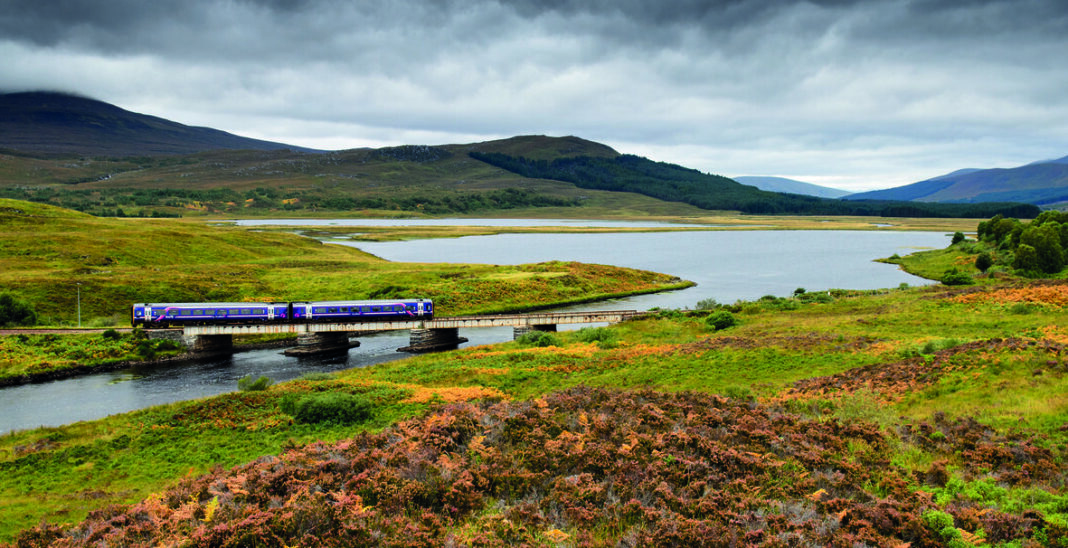
SCOTLAND’S railway is on track to meet the Scottish Government’s 2035 net zero target, ScotRail has said.
The rail organisation has reduced its carbon footprint by 38% since 2014, including a 30,002-tonne saving in 2020.
It comes following more than 76% of passenger and 45% of freight journeys in the country being electrified.
Alex Hynes, MD of Scotland’s railway, outlined his vision and plans for a net zero carbon future at the New York Times Climate Hub event at Glasgow’s SWG3 on Wednesday (November 10).
He revealed that all diesel trains will be taken out of service over the next 15 years through the decarbonisation of rail infrastructure, with projects already underway to do this on lines around Glasgow.
Between 2014 and 2019 Scotland’s Railway electrified 325km of the country’s central railway network. This investment supported the introduction of a new £370 million fleet of 70 faster, greener, modern electric trains, with more capacity for customers.
However, ScotRail said the difficulties posed in the route clearance of structures to ensure there is sufficient headroom to run the electric wires under bridges and through tunnels is a ‘major challenge’ in decarbonising the railway through electrification.
Around 90 structures needed to be rebuilt or significantly altered to support electrification works across central Scotland, including bespoke systems introduced through Winchburgh and Queen Street tunnels.
On the rural Scottish routes where electrification may not be possible, Scotland’s Railway is developing hydrogen and battery train solutions.
ScotRail has also introduced innovations such as the use of a fuel additive that is estimated to deliver a three per cent reduction in fleet diesel usage with further associated savings in carbon and nitrous oxides.
Alex Hynes, MD of Scotland’s railway, commented, “In recent years a huge amount of progress has been made in a short timeframe, making the transition from road to rail easier as every milestone is reached.
“We have identified electrification and the transition from diesel to alternative traction such as hydrogen and battery trains as the key to achieving zero CO2 emissions on Scotland’s Railway by 2035, and we are pushing ahead with big investment to make that a reality.
“Rail is already the most sustainable mode of public transport, contributing only one per cent of Scotland’s overall transport carbon emissions but, there’s no doubt a cleaner and greener network is something we should all be working towards.
“And it’s not all about trains. We have to develop a transport system for everyone. One that integrates walking, cycling, wheeling, buses, and electric cars with our stations.
“We’ll be looking to further develop our partnerships with organisations that link modes of transport together like local authorities, Regional Transport Partnerships, bus companies and bike hire firms to make it much easier for people to choose an integrated sustainable journey.”








